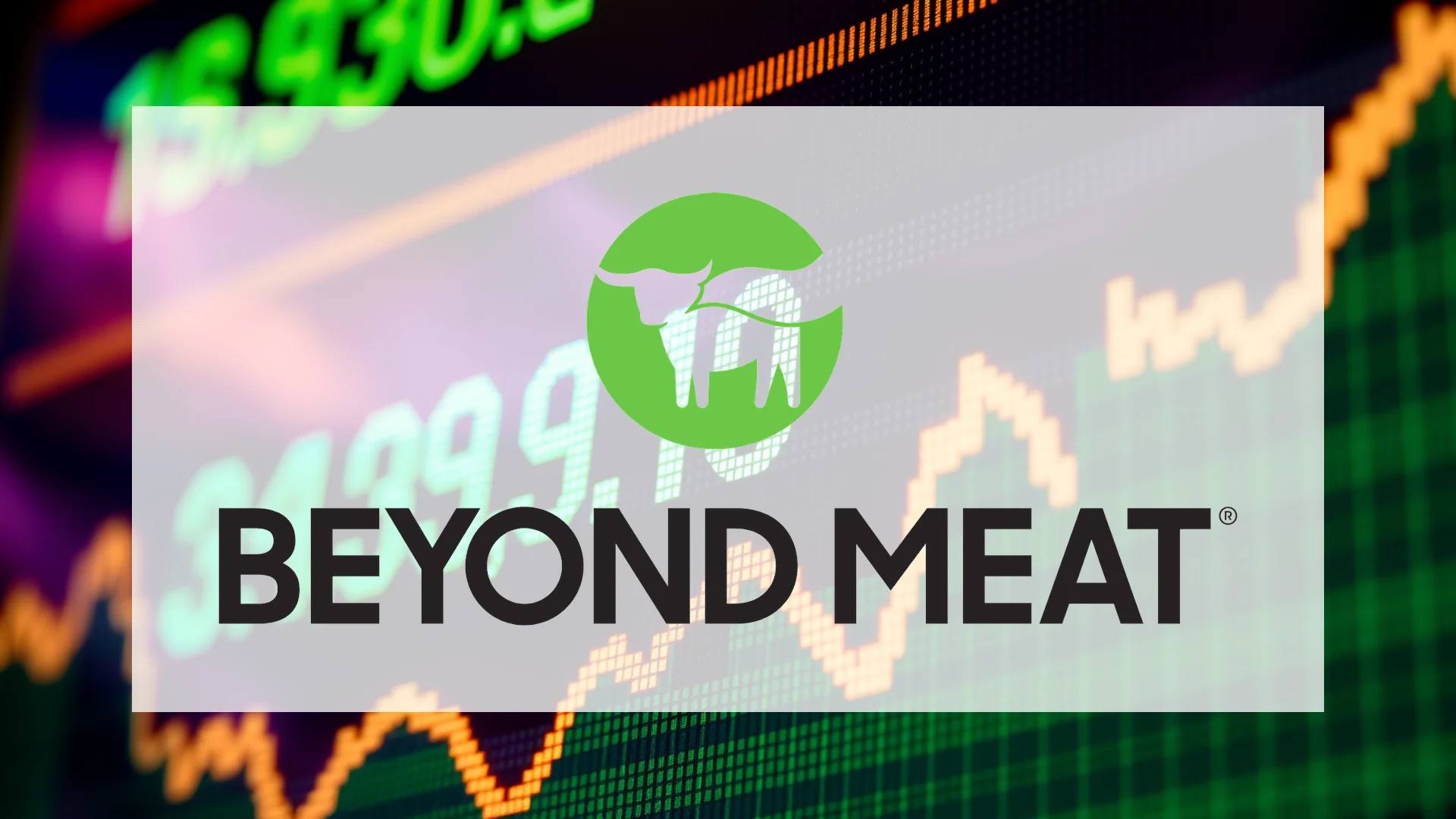While Gladstone Land Corporation recently demonstrated its ability to generate substantial asset appreciation, a significant 36% gain on a decade-long Florida farm investment was insufficient to offset deeply concerning operational trends revealed in its latest earnings report. The agricultural REIT’s second-quarter 2025 results exposed mounting challenges, including unexpected losses, declining rental income, and a fundamental shift in its revenue model that introduces substantial uncertainty.
Second Quarter Performance Falls Dramatically Short
The company’s Q2 2025 financial metrics delivered a stark disappointment to both investors and analysts. Gladstone Land reported a per-share loss of $0.384, far exceeding the anticipated loss of $0.21 per share and representing a negative variance of nearly 83%. Revenue figures similarly missed projections, with actuals coming in at $12.3 million compared to the $15.92 million forecast—a shortfall of 22.7%.
Shareholders faced a net loss attributable to common stockholders of $13.9 million. Perhaps most alarmingly, the company’s adjusted funds from operations (AFFO) turned negative for the first time, registering -$3.5 million versus a positive $3.7 million during the same quarter last year. Market reaction was swift, with shares declining over 4% in pre-market trading following the announcement.
Fundamental Business Model Shift Introduces Volatility
Beneath these disappointing numbers lies a substantial strategic transformation. Gladstone Land has reconfigured lease agreements across six farm properties, significantly reducing or completely eliminating fixed base rents in favor of revenue-sharing arrangements tied to crop performance. This approach exchanges guaranteed income for potentially higher but unpredictable returns tied to agricultural output.
Should investors sell immediately? Or is it worth buying Gladstone Land?
This structural change creates substantial timing differences in revenue recognition. A significant portion of the company’s 2025 revenue won’t materialize until fourth-quarter results, when harvest outcomes become known. Fixed rental income alone has decreased by $6.8 million year-over-year. This transition toward contingent payments makes financial forecasting considerably more complex and increases potential earnings volatility.
Dividend Sustainability Questions Emerge
A critical concern for income-focused investors is the company’s continued dividend distribution despite negative AFFO. Gladstone Land maintained its monthly payout of $0.0467 per share throughout July, August, and September 2025—marking the 149th consecutive distribution since its 2013 IPO. However, this practice raises fundamental questions about how long a company can sustain dividend payments while reporting operational losses.
Management’s optimism rests heavily on anticipated performance-based rents, particularly from pistachio and almond operations at western properties. Yet facing elevated capital costs, the company has adopted a cautious stance toward new acquisitions while considering additional asset sales. The central question remains whether this portfolio optimization strategy will successfully navigate the company back to stability or whether Gladstone Land is entering increasingly precarious financial territory.
Ad
Gladstone Land Stock: Buy or Sell?! New Gladstone Land Analysis from December 3 delivers the answer:
The latest Gladstone Land figures speak for themselves: Urgent action needed for Gladstone Land investors. Is it worth buying or should you sell? Find out what to do now in the current free analysis from December 3.
Gladstone Land: Buy or sell? Read more here...










